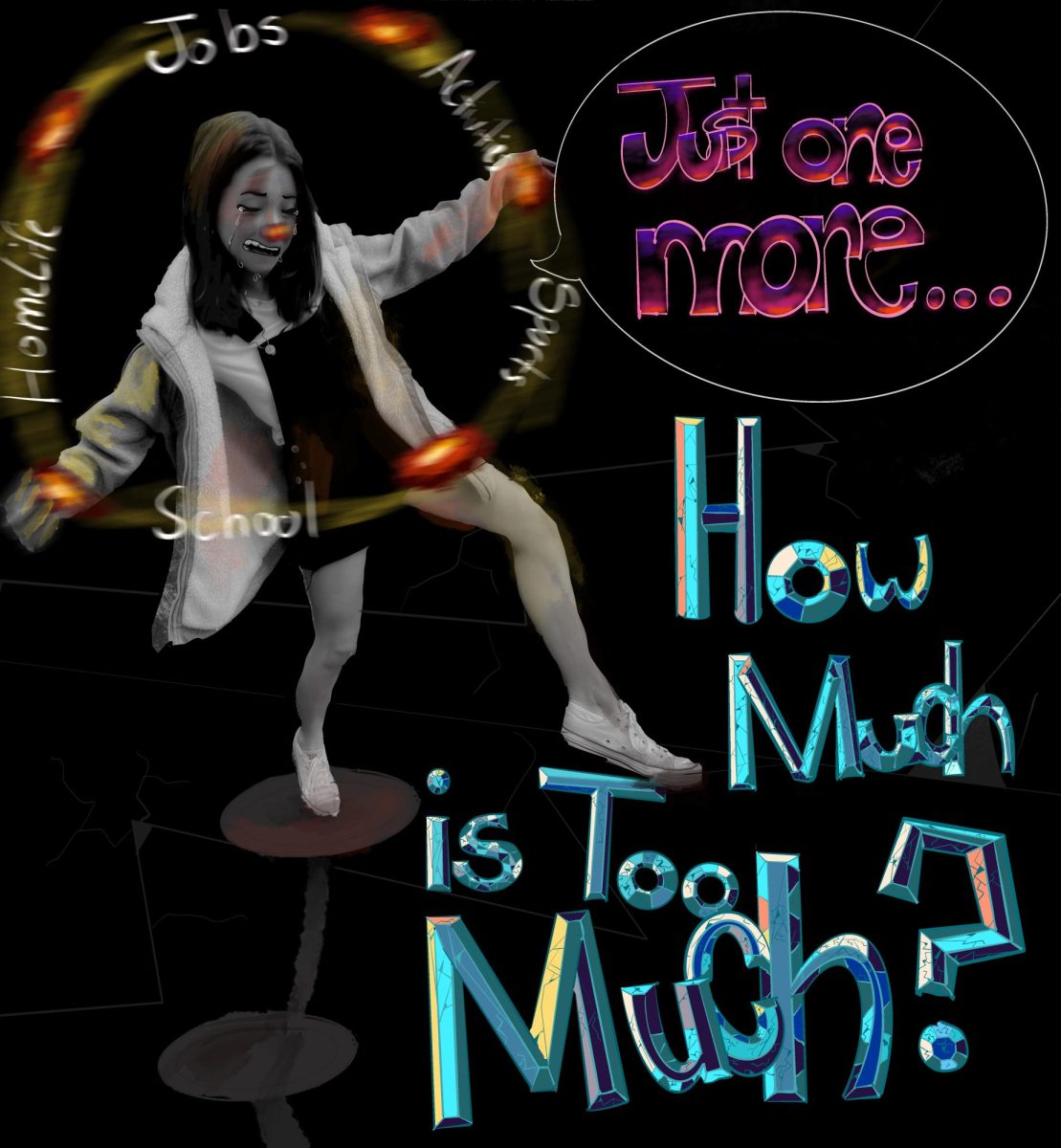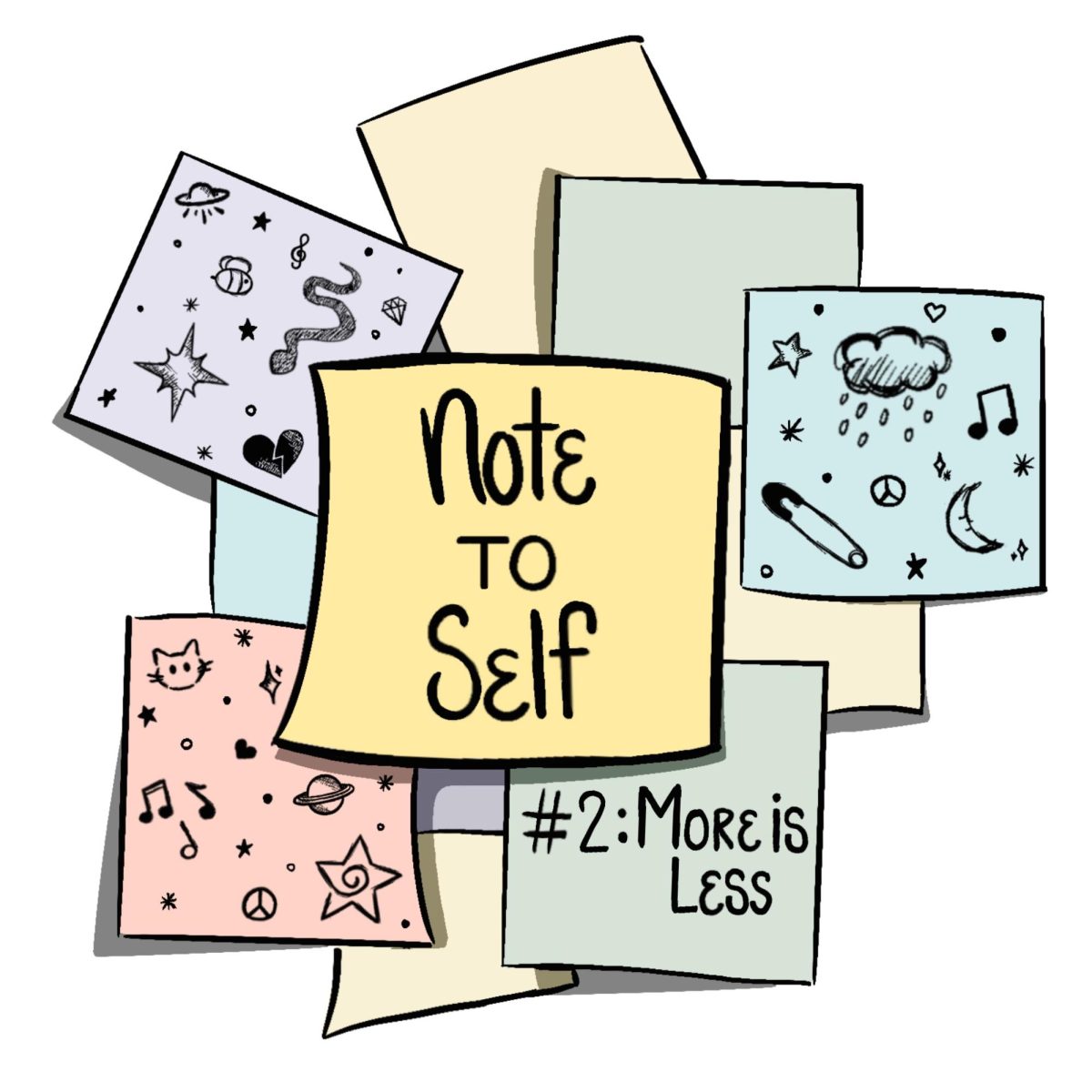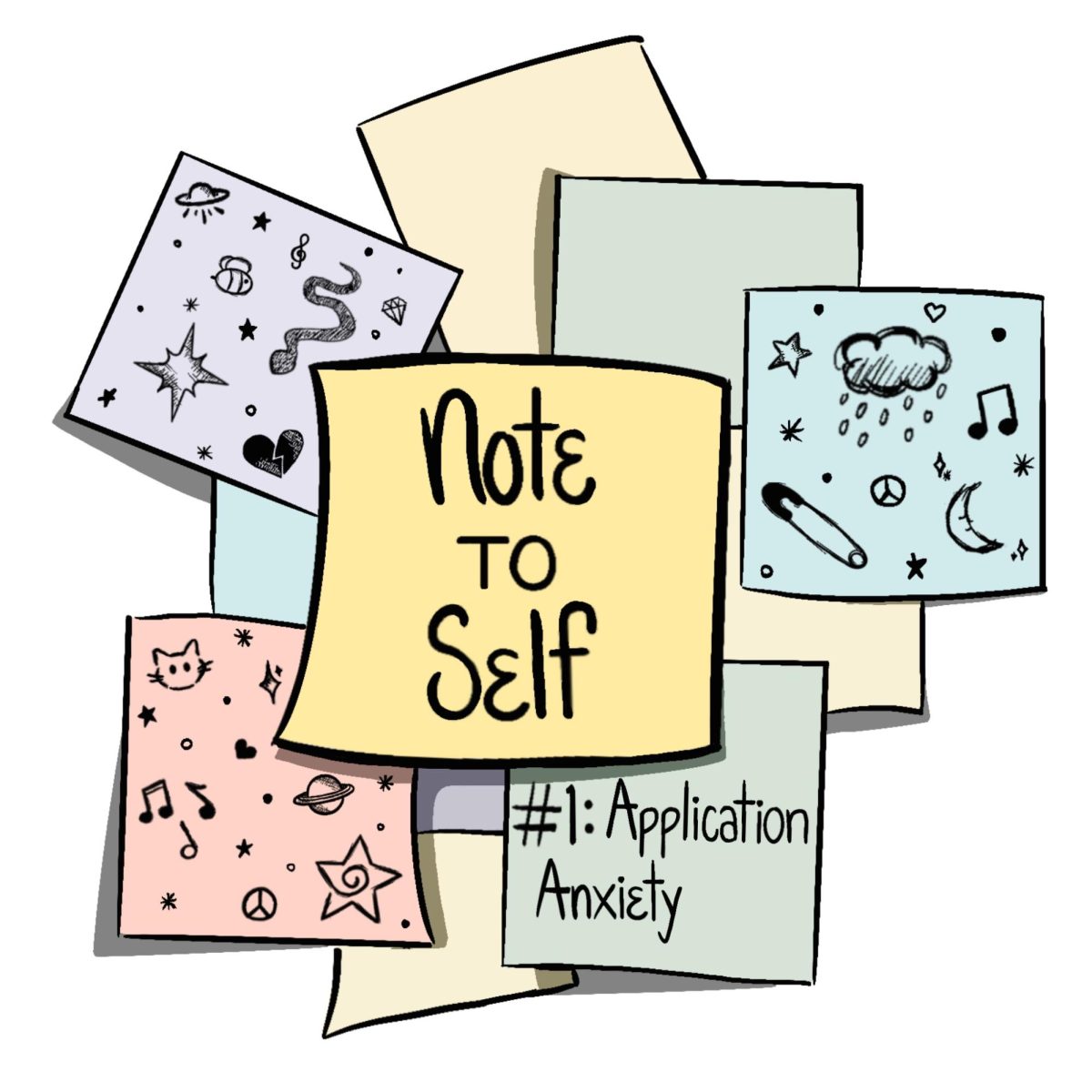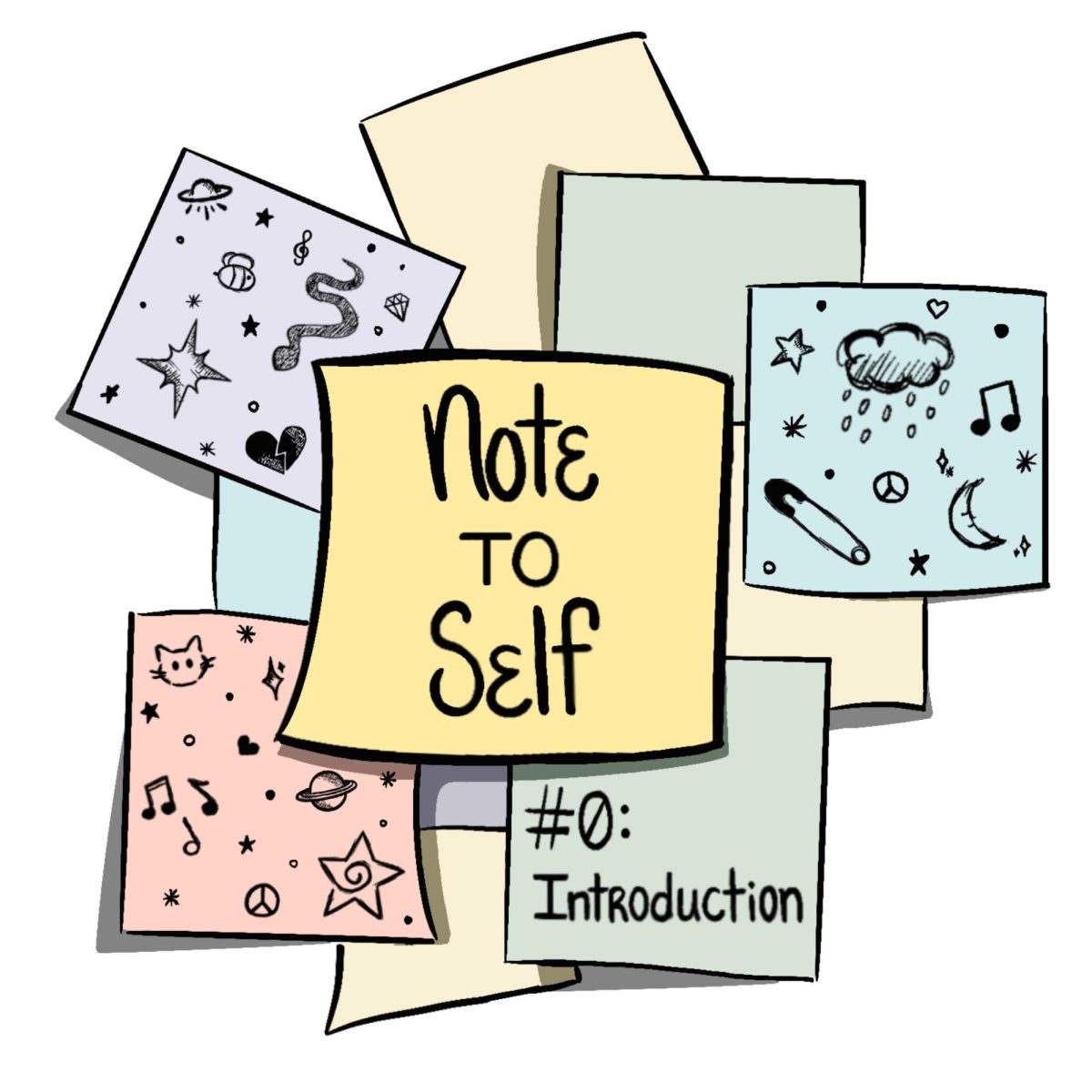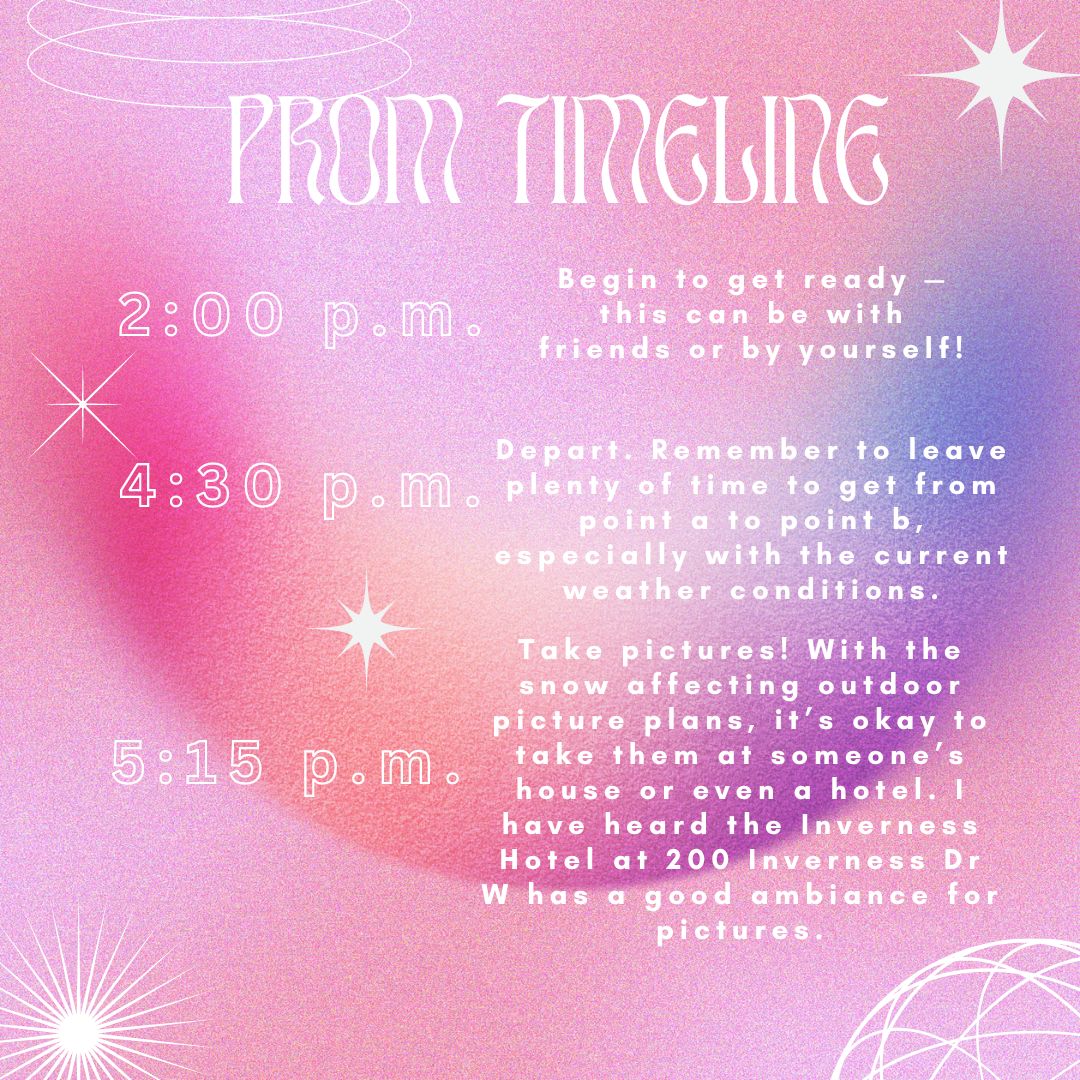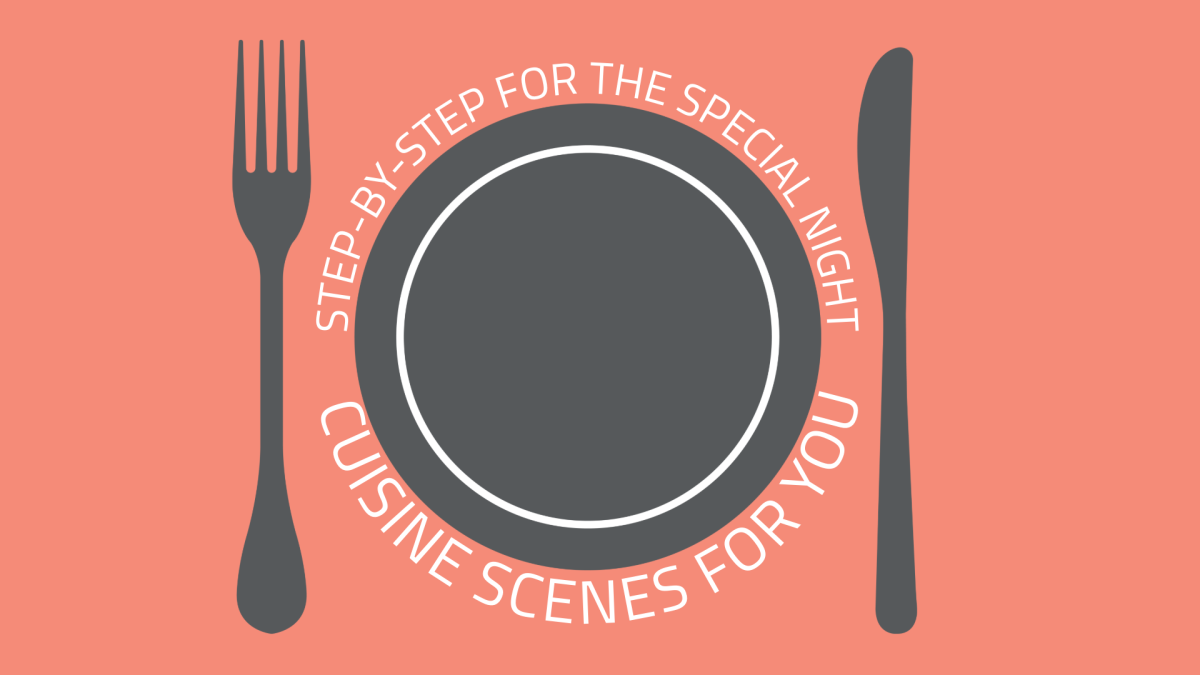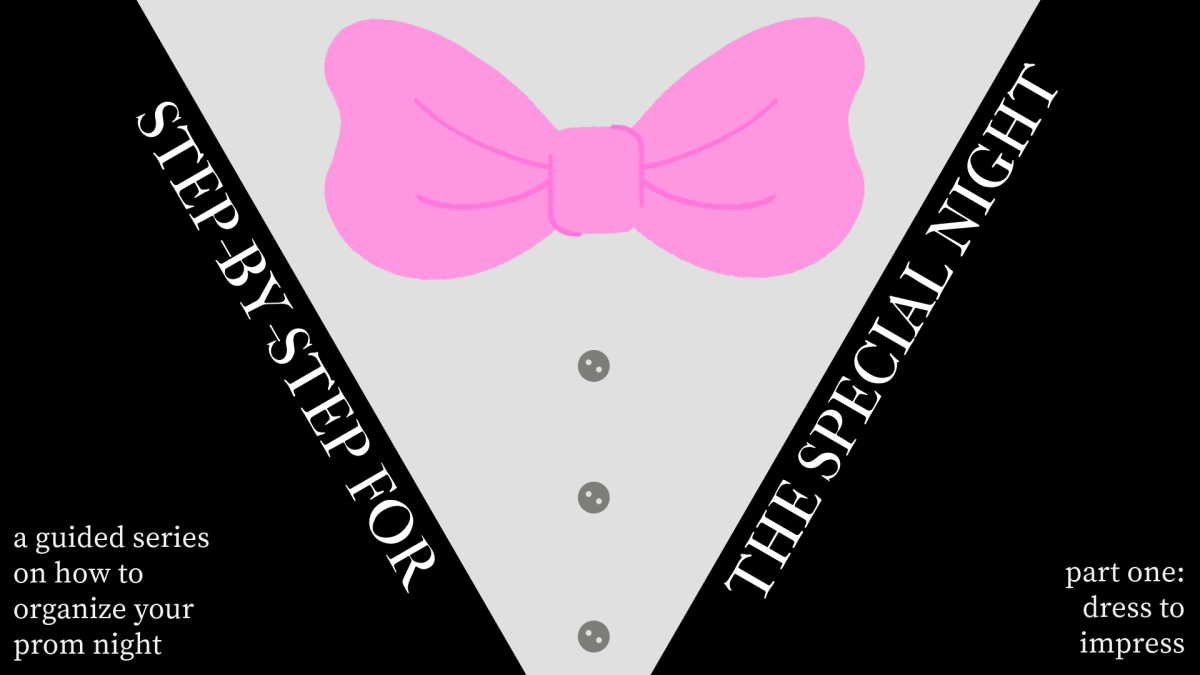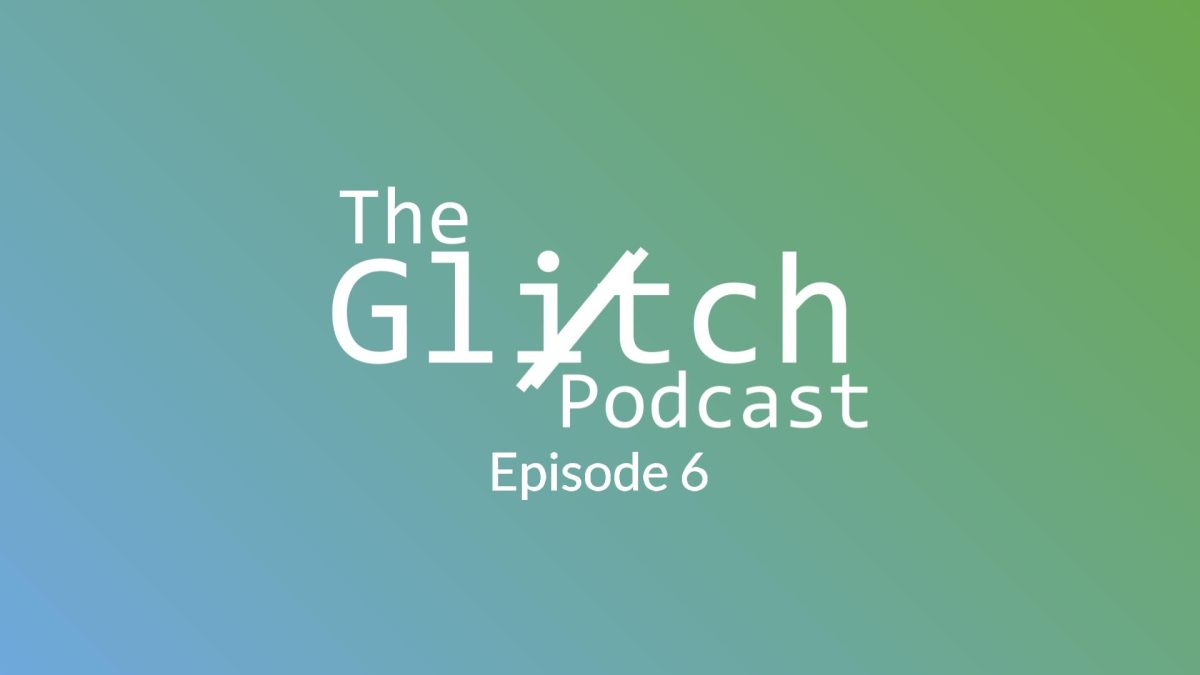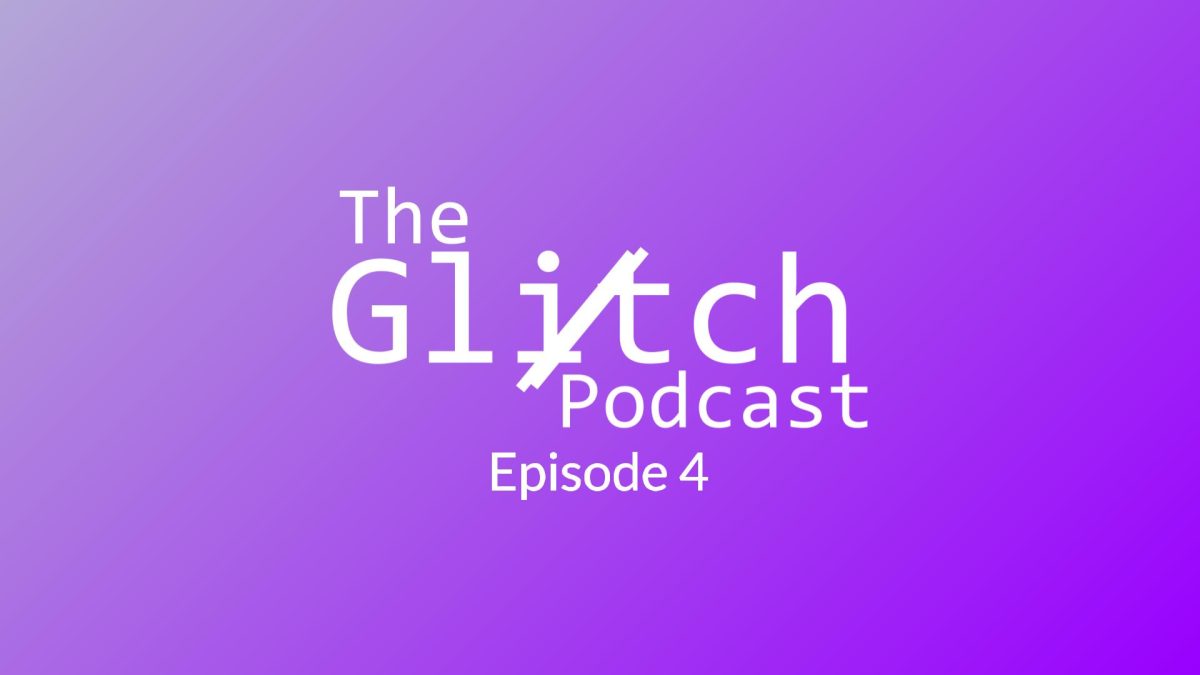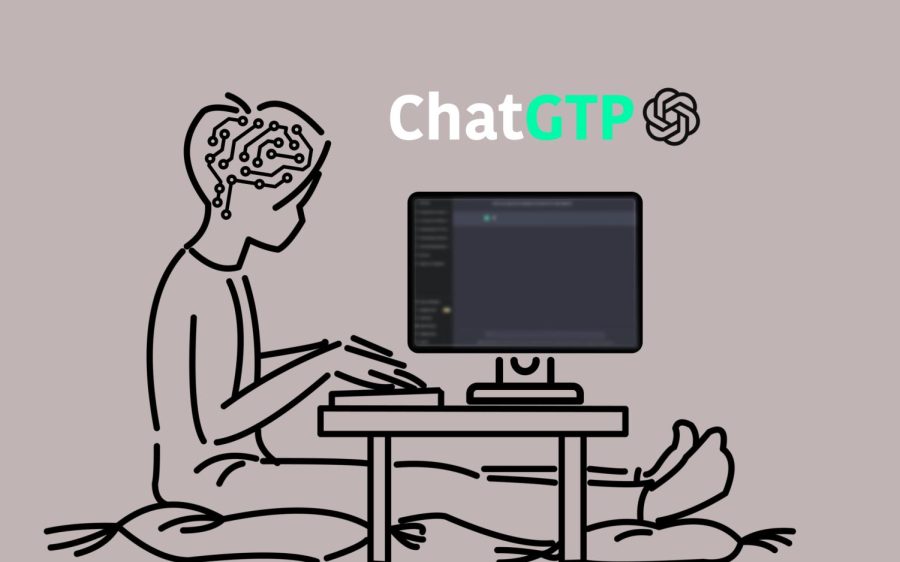Is It Plagiarism? Inside ChatGTP’s Impact on Education
How ChatGTP and other forms of AI will influence the future of education.
media by Danny Curran
A graphic depicts the educational impacts of Artificial Intelligence (AI).
March 23, 2023
Artificial Intelligence (AI) has become a very easy tool for students to take advantage of. Why write a five-paragraph essay for English class when AI can do it in under a minute?
Multiple services have popped up that can be used for a fee or for free. The most popular one so far is currently ChatGPT. Made by OpenAI and averaging over 20 million users in a month, ChatGPT has been used by thousands of students across the nation, according to US News. Schools around the nation have called it out saying that it is plagiarism and that students will receive the same consequences of plagiarism if caught using AI.
This brings up the question: is using AI really plagiarism? The entire concept of plagiarism is copying somebody else’s work and claiming that it is your own work, but AI is not viewed as “someone.” OpenAI does not claim the work that is produced.
In order to try to address this problem, ChatGTP detectors have been developed. The first is GPTZero, made by Edward Tian, a current student at Princeton University, according to US News. Tian made GPTZero for educators for teachers to check if students’ text is written by an AI or if it was written by a real person.
There is also a different side to this new wave of AI. Some schools don’t view this as plagiarism and have ideas for working with ChatGTP. Instead of making students writers, we can make them editors. There have been some teachers who have said that we could benefit from this and teach and learn with the ChatGPT program, which could even help improve students’ literacy rate.
OpenAI is also known for creating Dall-E, an image generation program. The user gives it a prompt, and in about five minutes it generates an image, which can be regenerated to get the desired result. The image can be generated in the style of a stock photo, in a hand-drawn way or made to look like digital or 3D art.
However, this may potentially be problematic for a variety of art classes. Instead of spending hours drawing something complex, just wait five minutes, and if it’s not picture-perfect the first time, then just regenerate again.
“The database that the AI learns [from] is entirely composed of imagery that is not [owned by the] creators of the AI. None of the artists that created the artwork that the AI bases its generated images [on] voluntarily [gave their art] to the creators of the AI for the purpose of training,” Jackson Hitchler ’23 said
According to Oxford Languages, plagiarism is the practice of taking someone else’s work or ideas and passing them off as one’s own. AI is not someone, not a person, not a human, not an animal. AI is a program created by humans. If those humans do not claim ownership of any of the work that is produced, then would it belong to you, to the public, or to nobody?

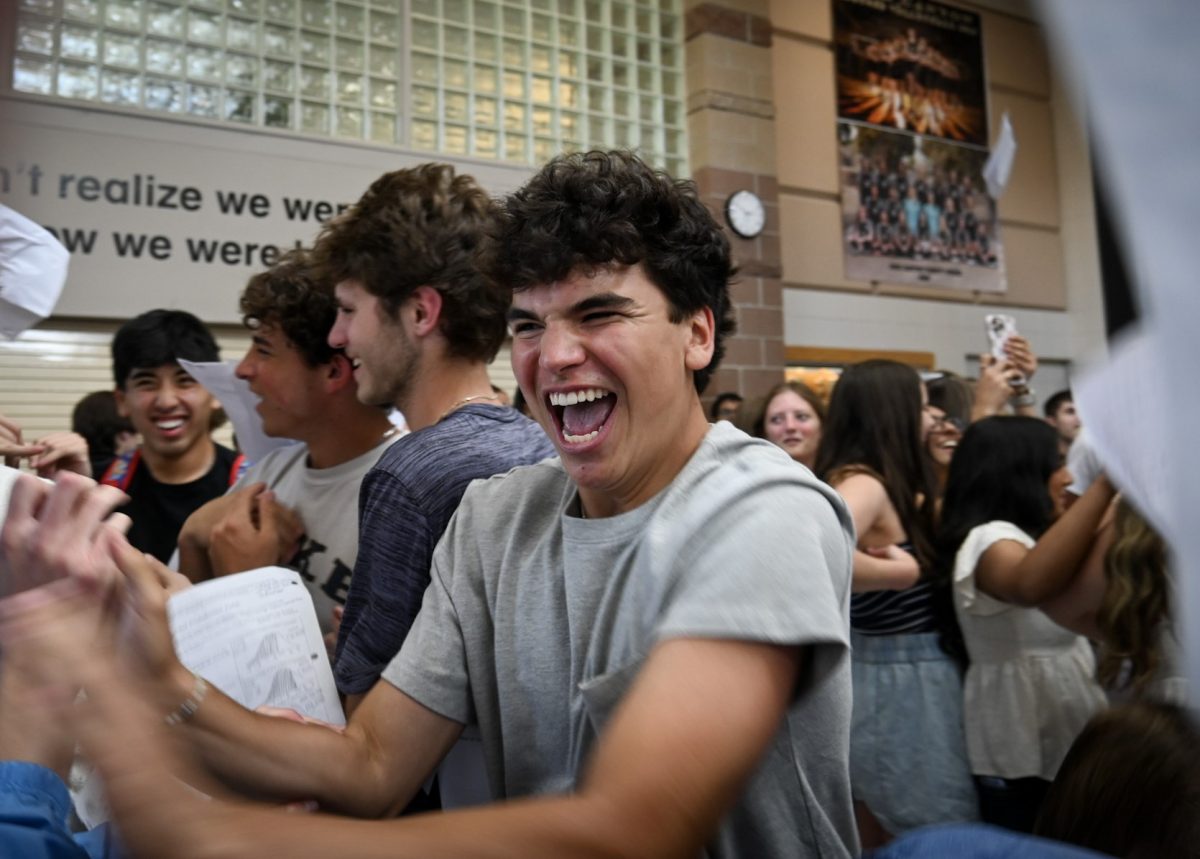
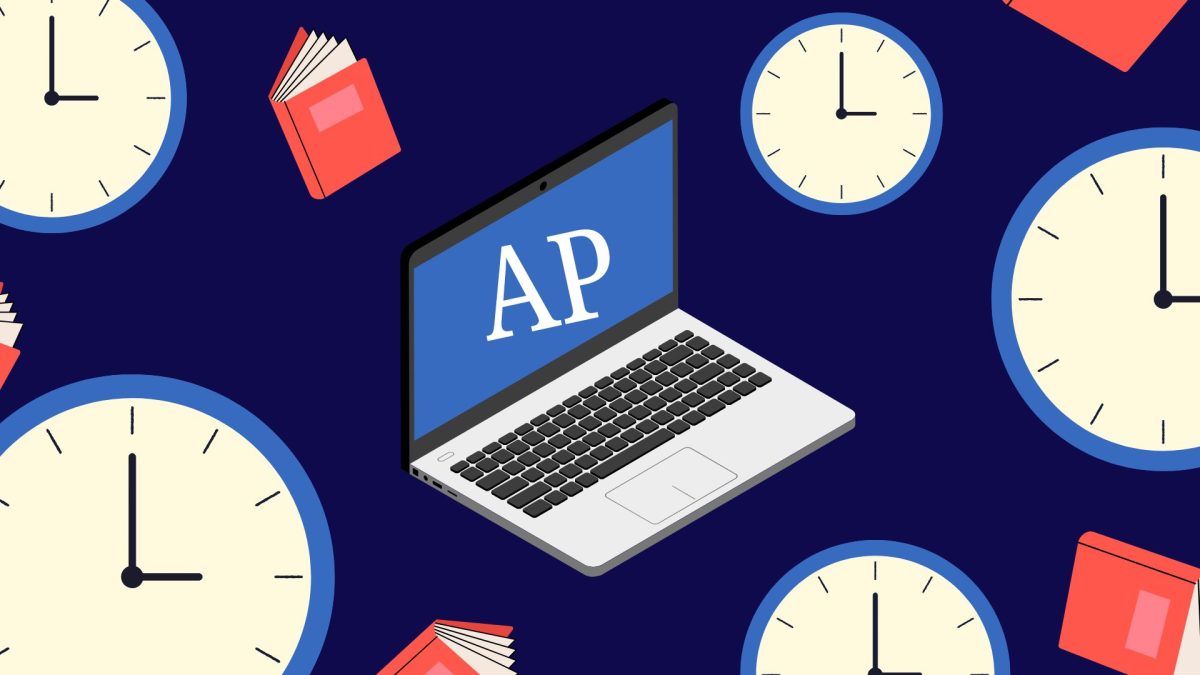
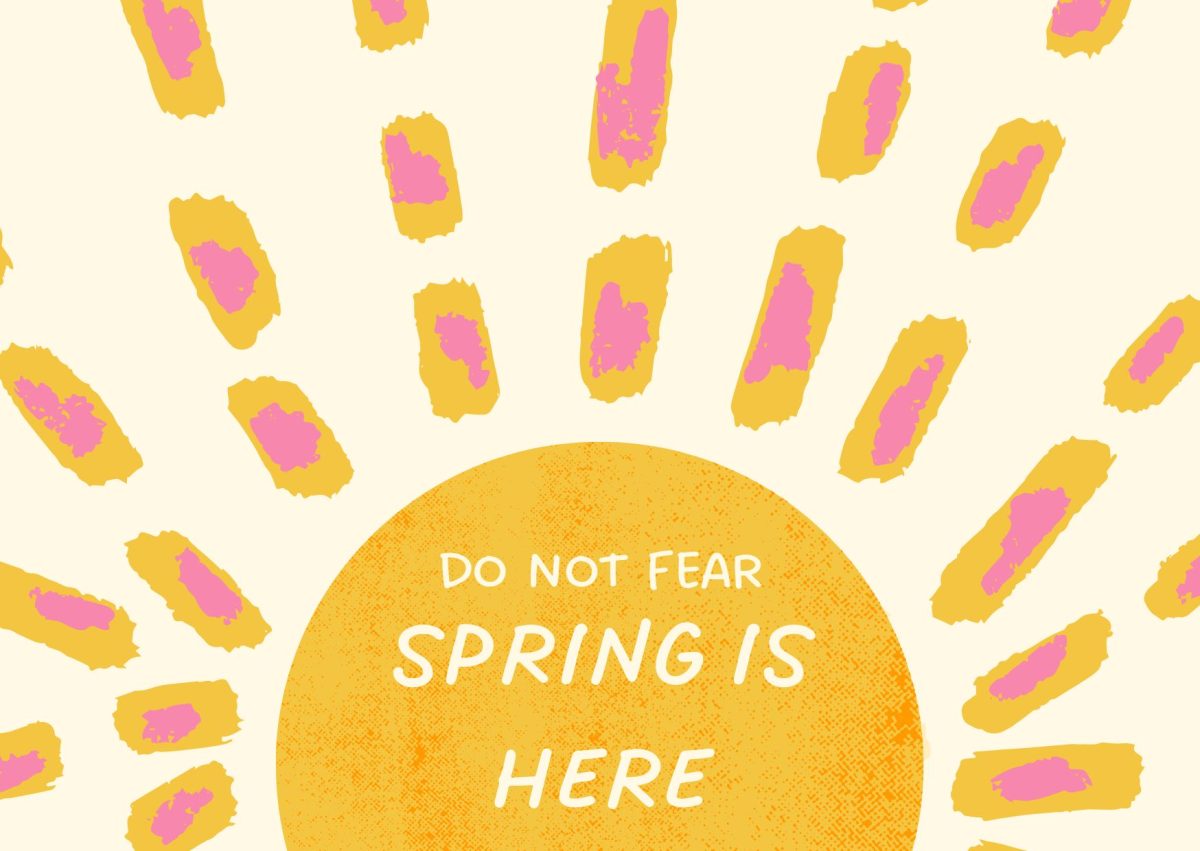

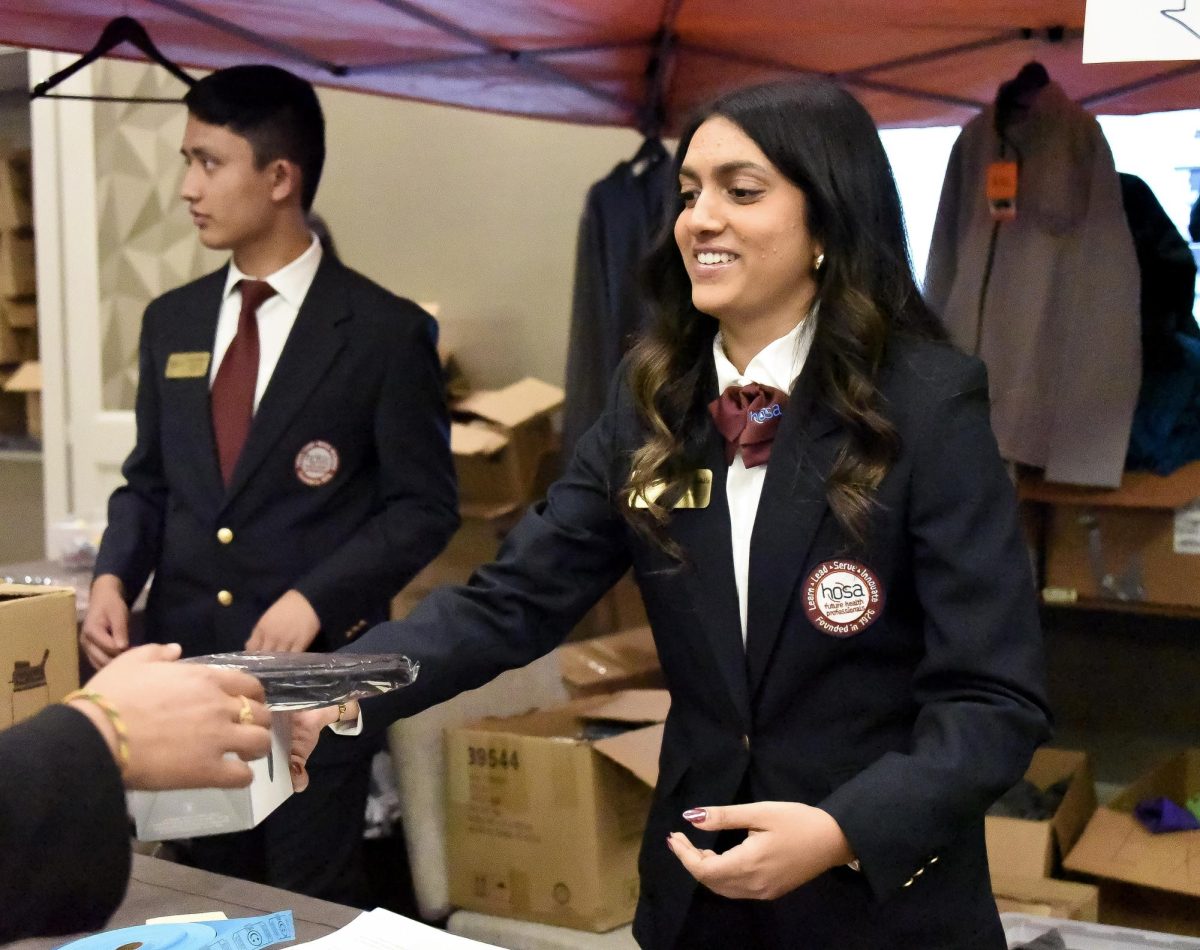
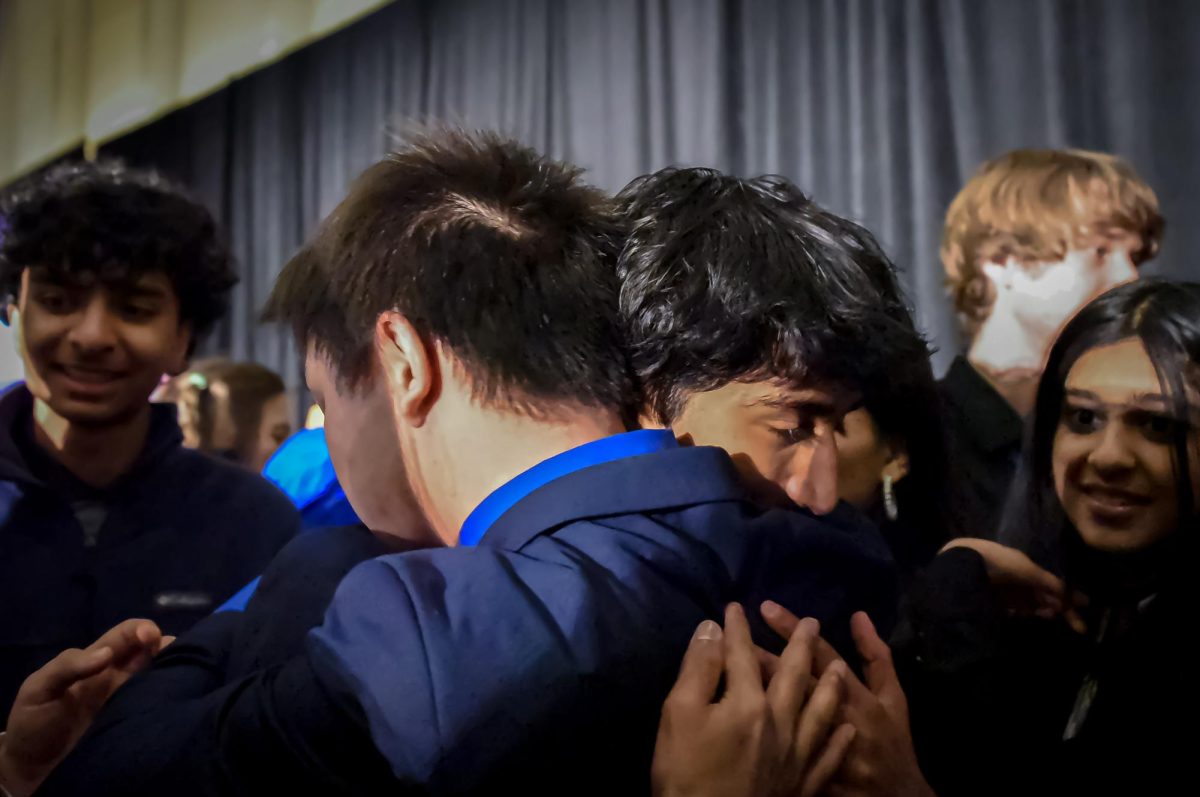

![The winter guard team makes fifth place at the state championship finals in the Denver Coliseum, March 30. The team performed to Barnes Country's “Glitter and Gold,” lead by coaches Margo Sanford, Blair Bickerton and Anna Orgren. In their class there were a total of nine groups participating, and the top five who made it to finals received a plaque. “[Walking onto the stage] is very nerve-wracking, but also very exciting as well. When you first start color guard there's a lot of anxiety and uncertainty when you first perform in front of an audience, but once you've done it for a while, it starts to become the best part of the season,” Ella West ‘25 said. “It's very fulfilling to see an audience react to something you've put your heart and soul into.”](https://rockmediaonline.org/wp-content/uploads/2025/04/Both-socal-media-nd-website-main-1-1200x846.jpg)
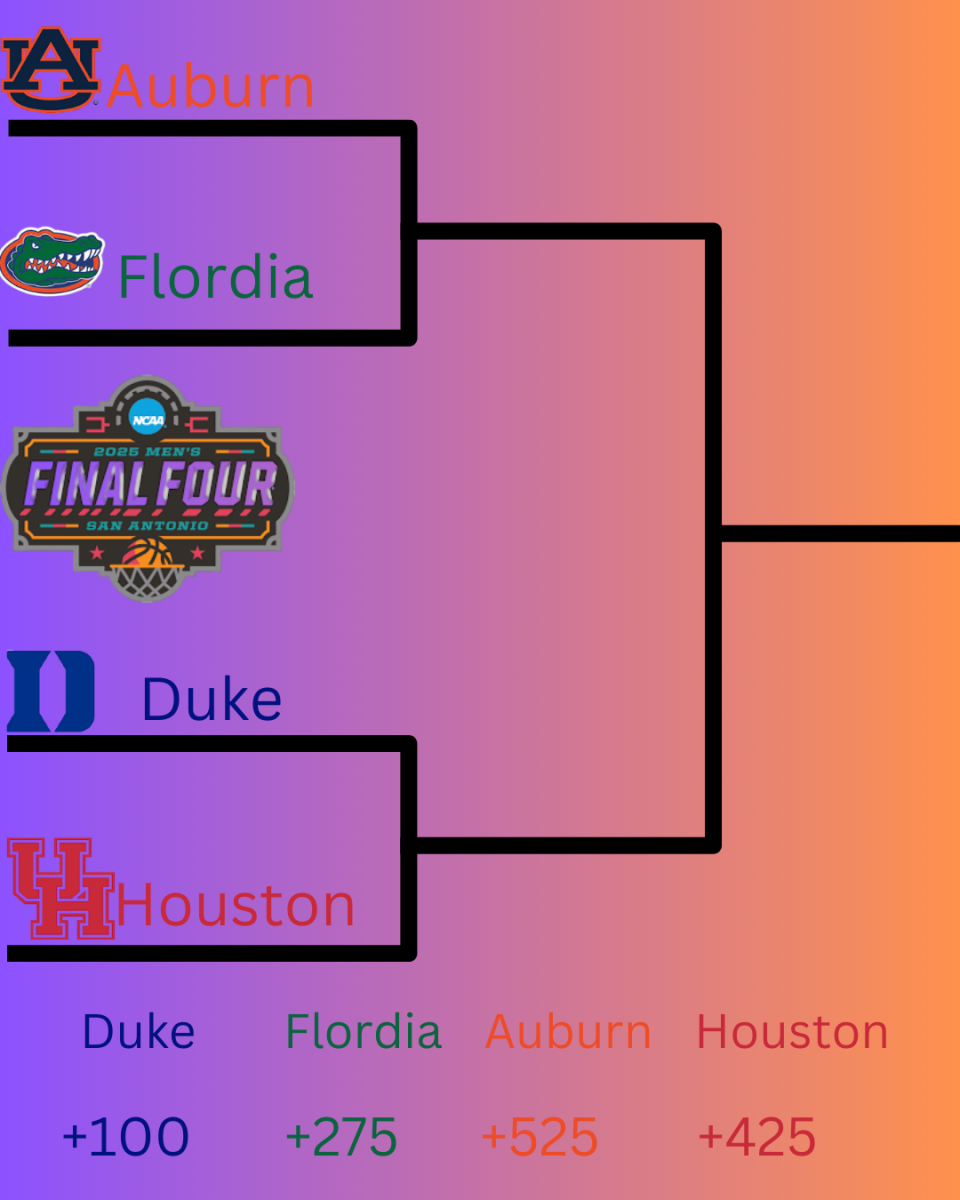
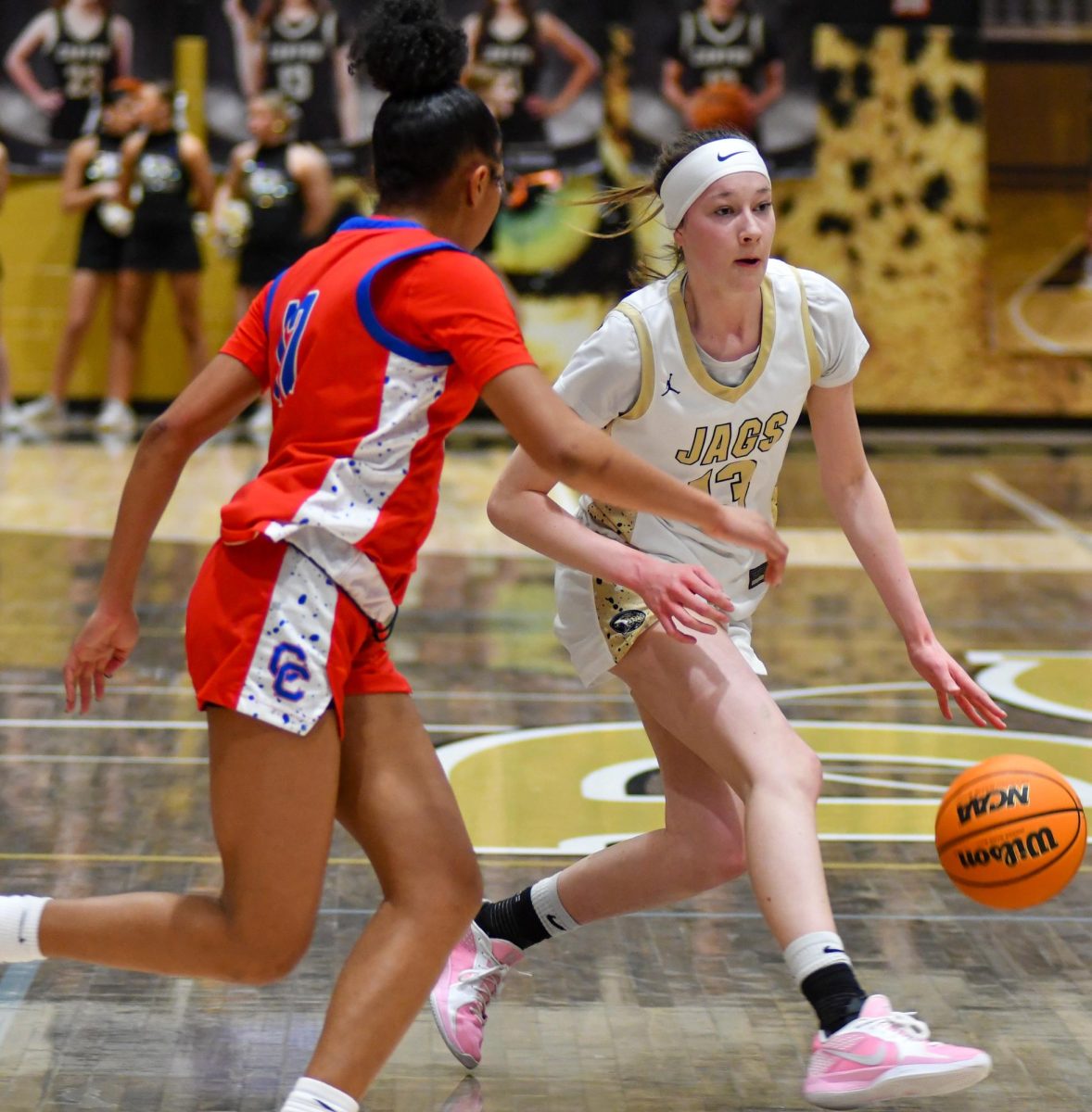
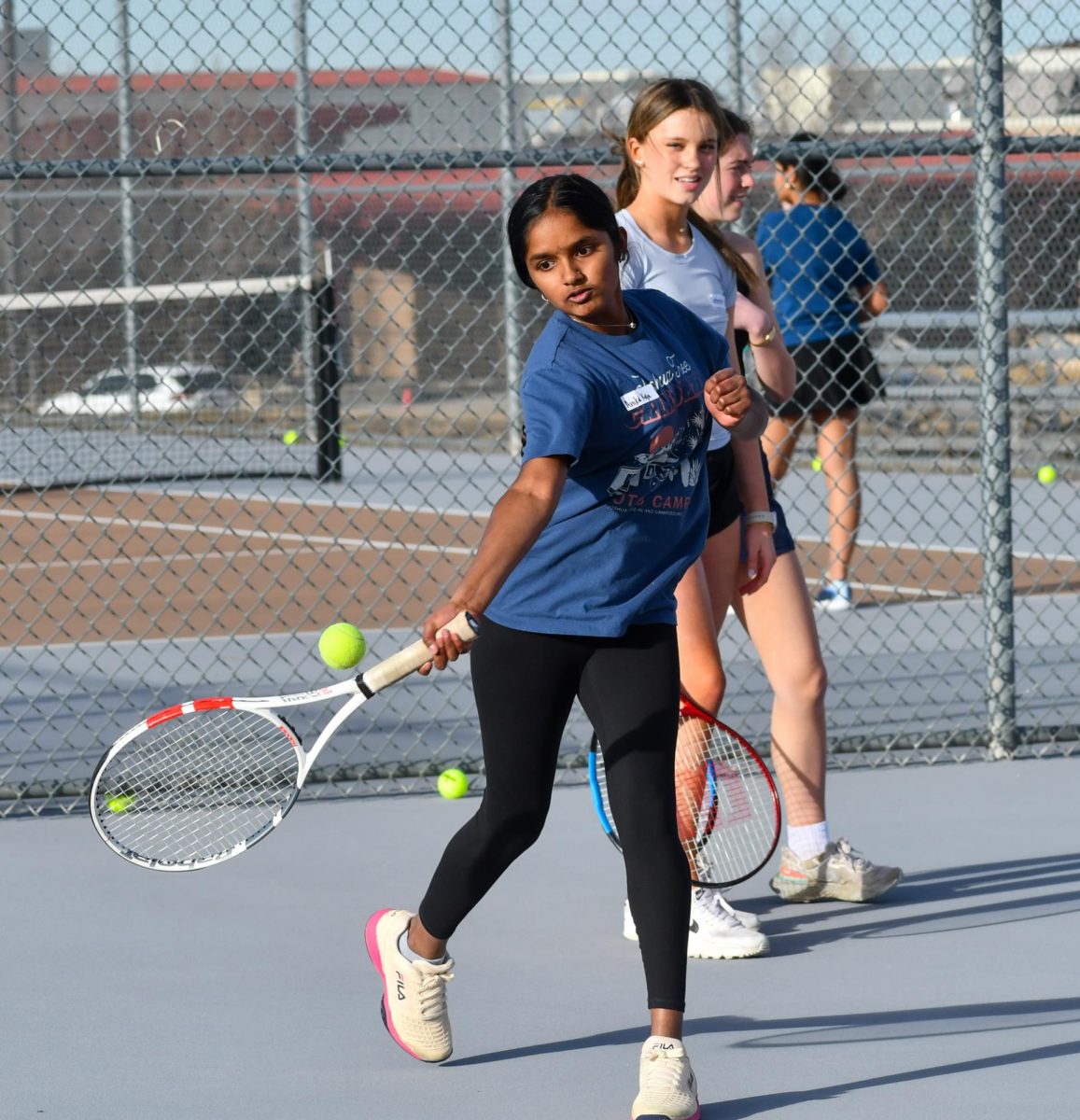
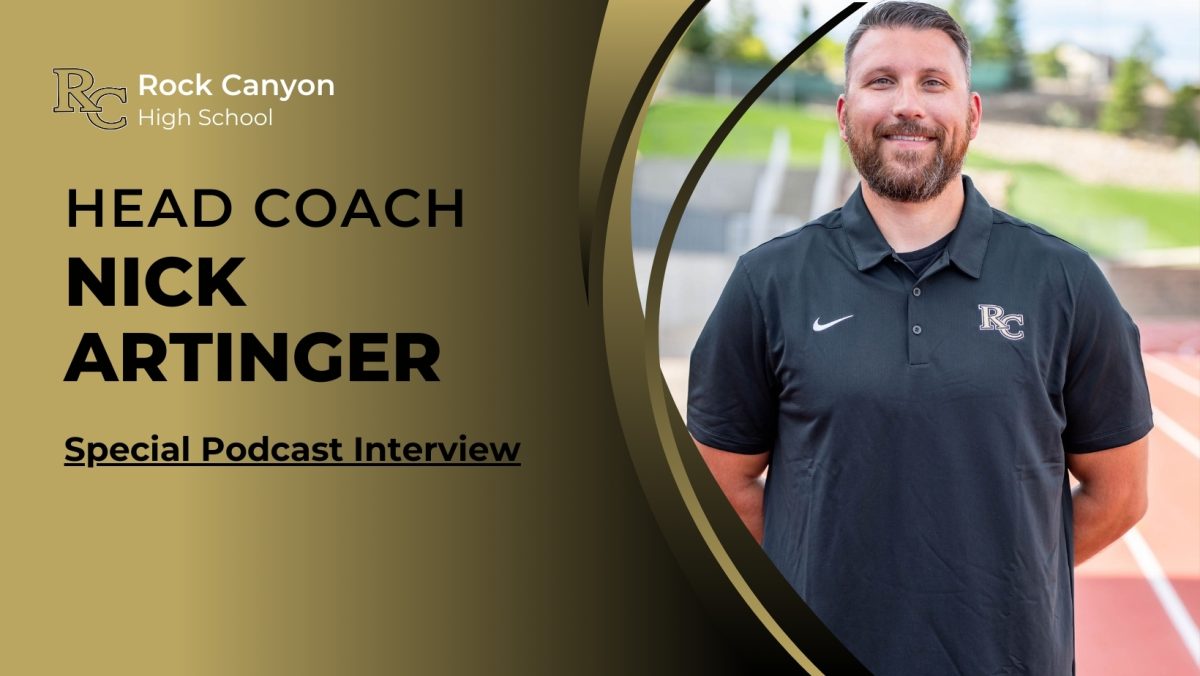
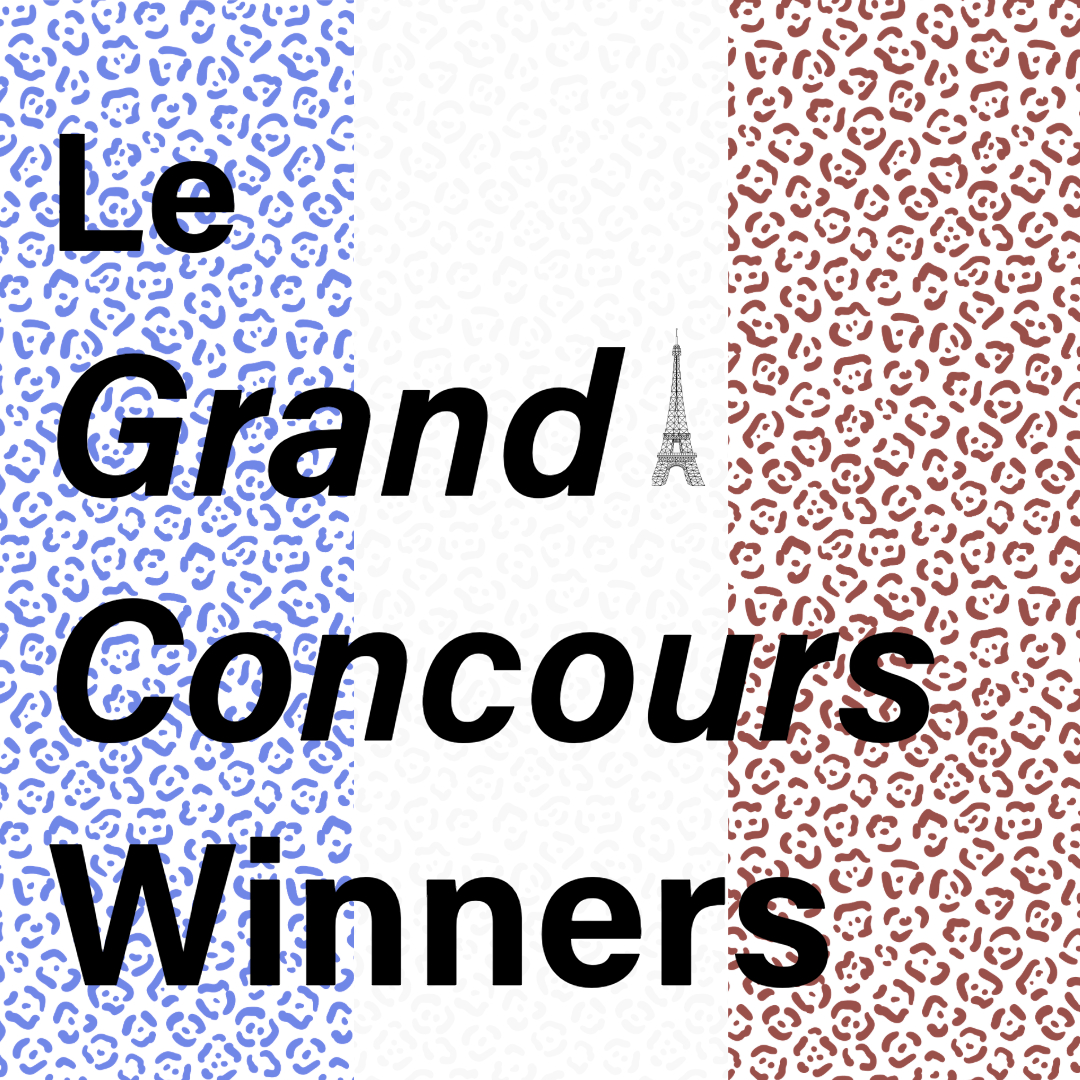
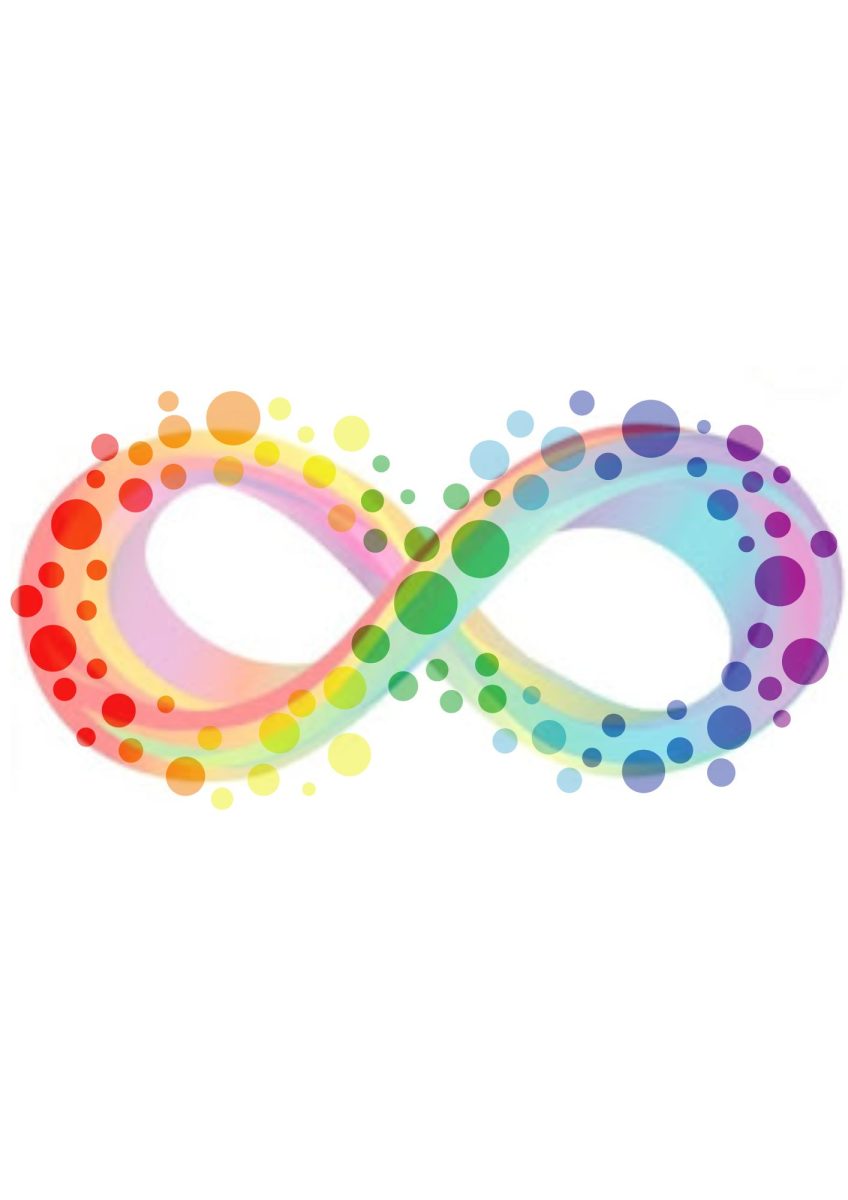
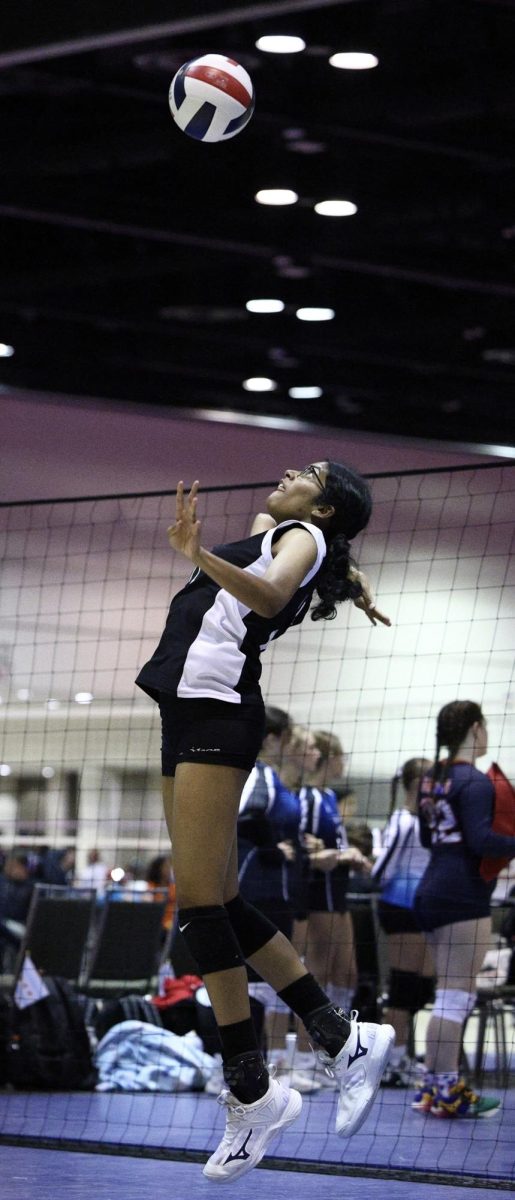
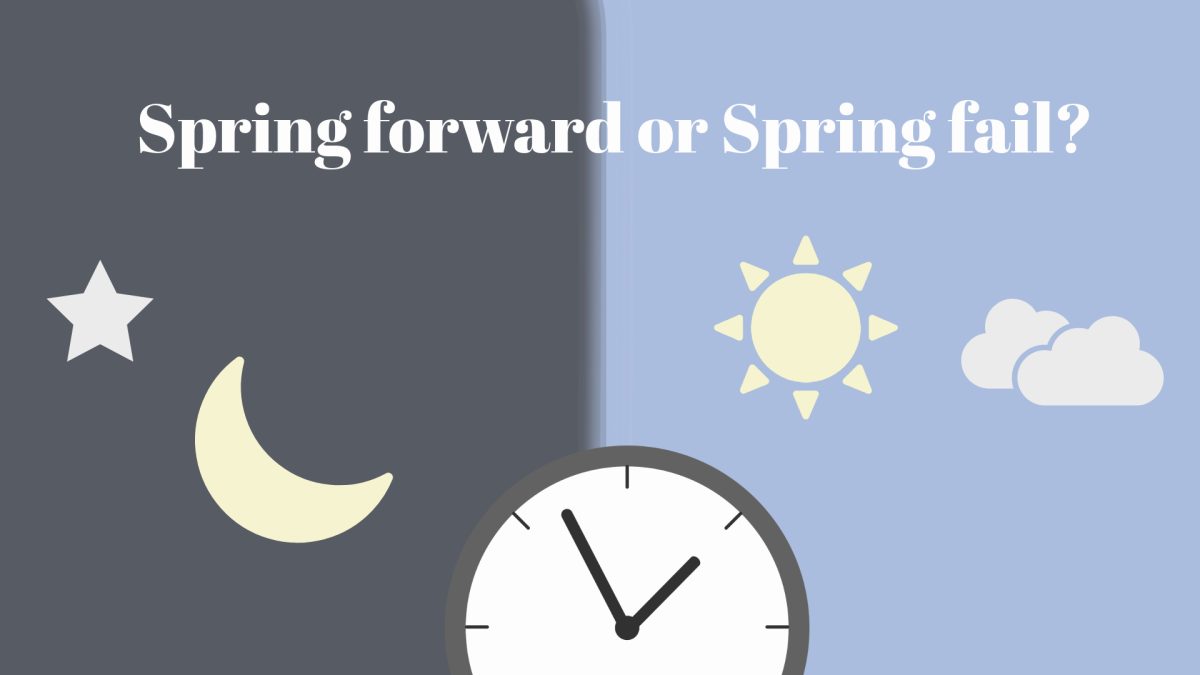
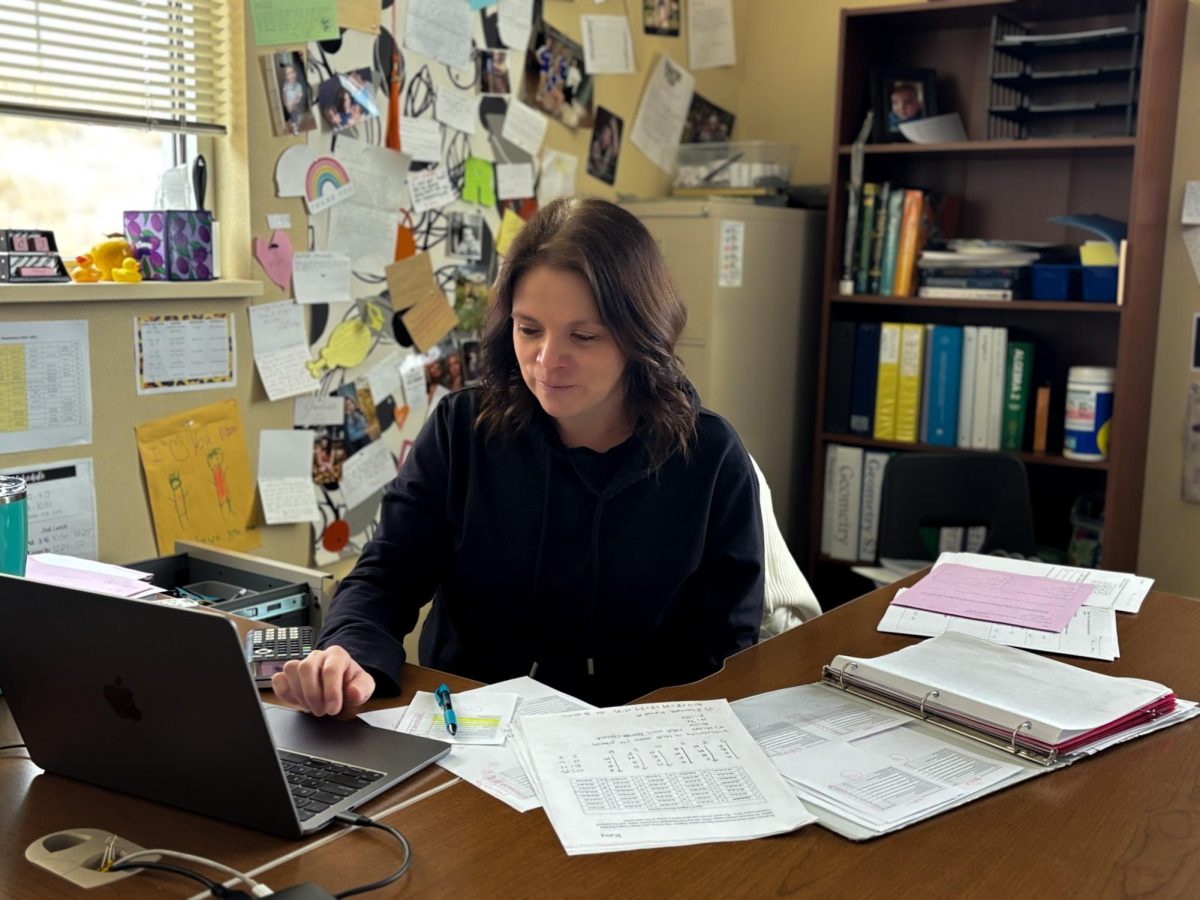
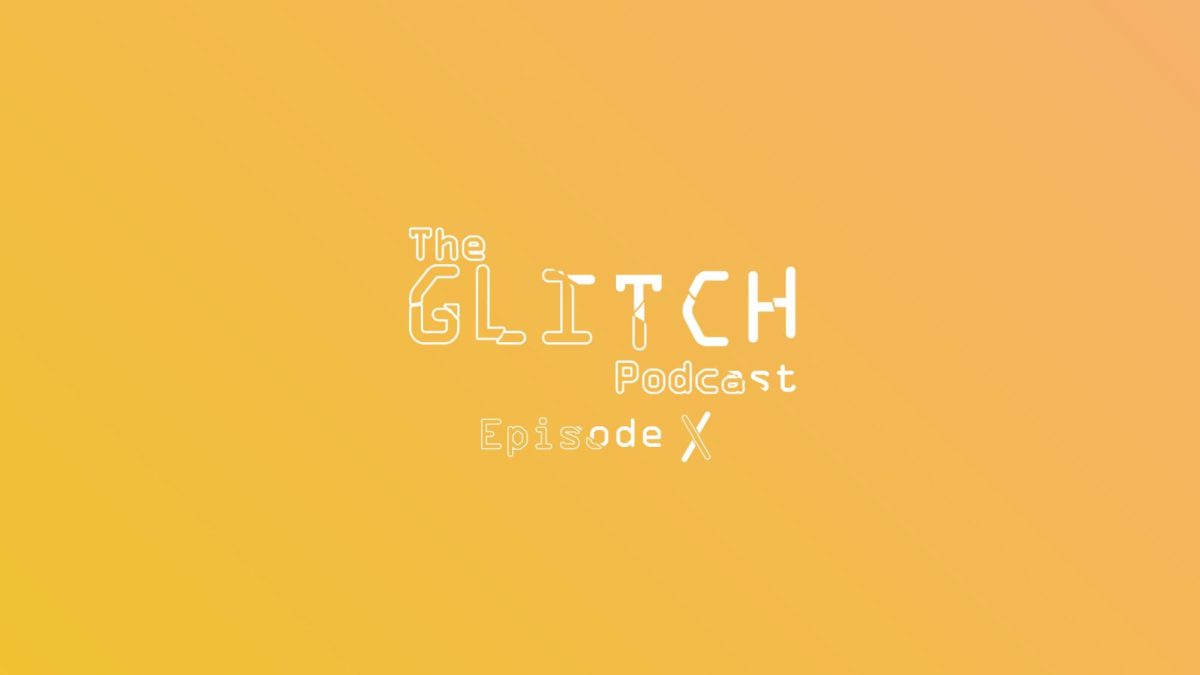
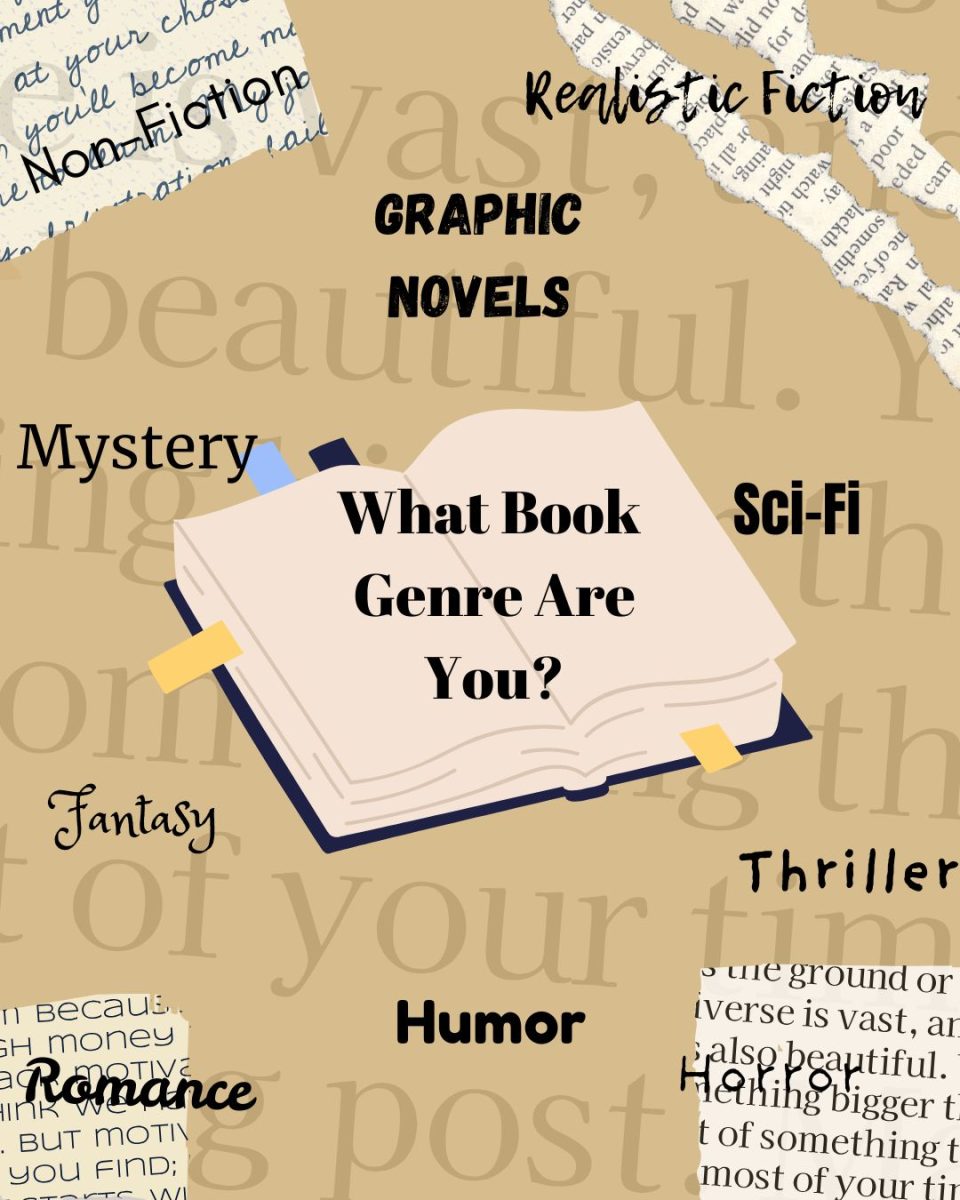
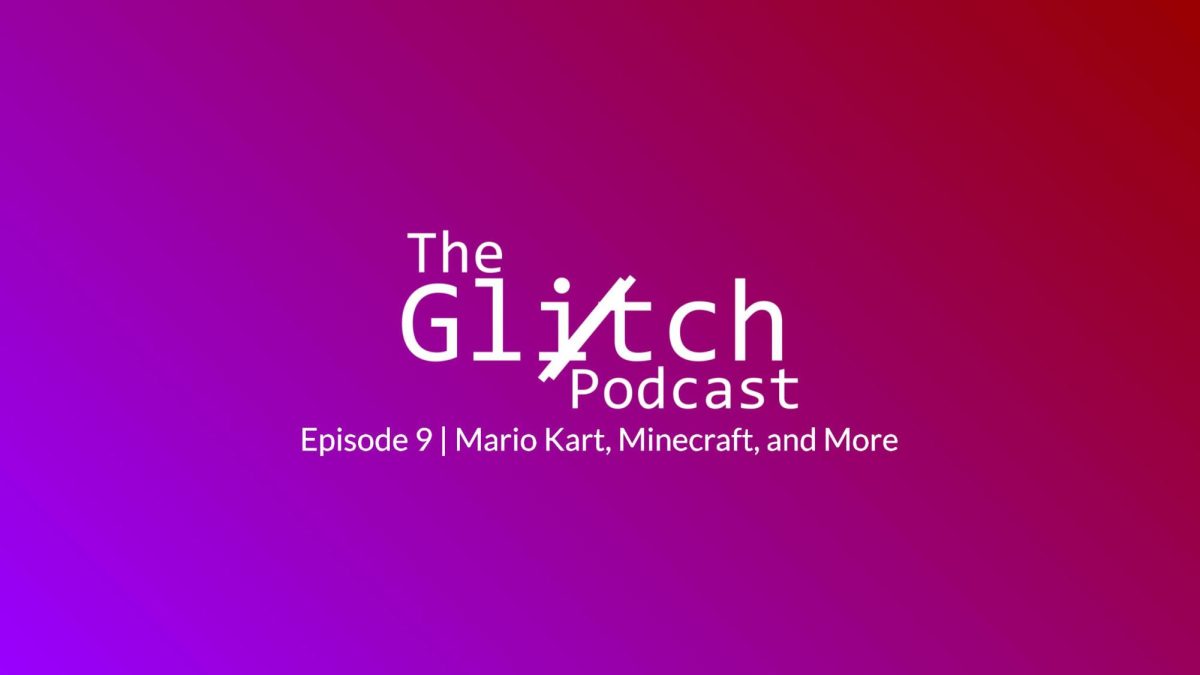
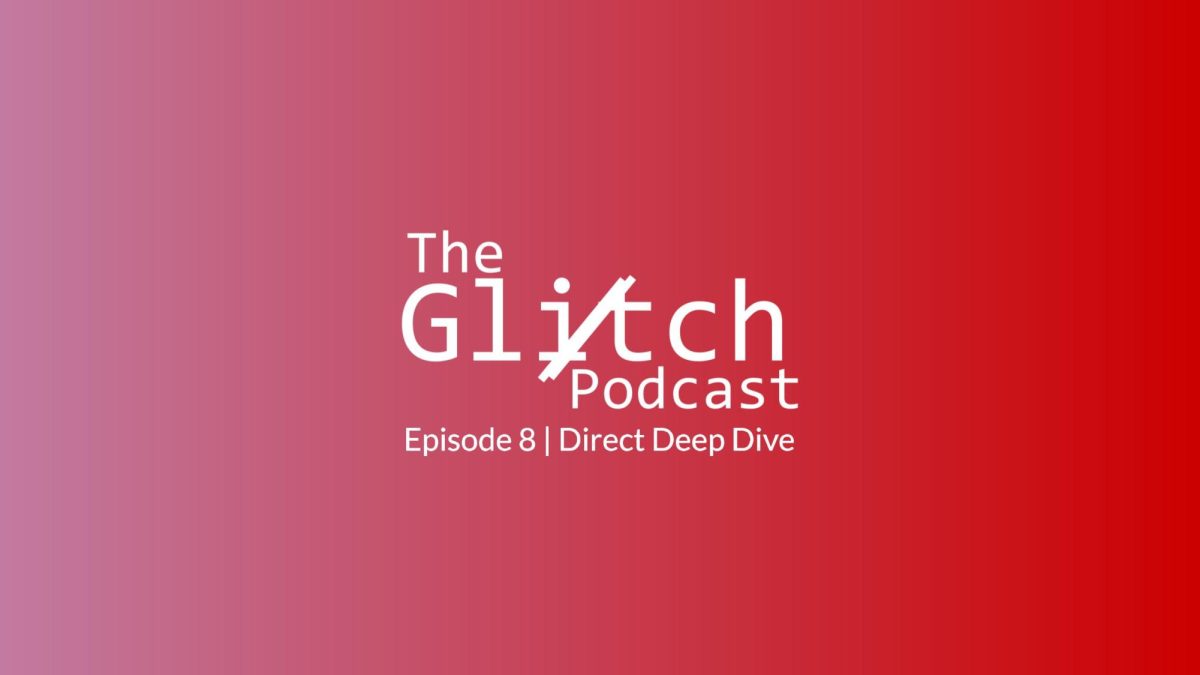
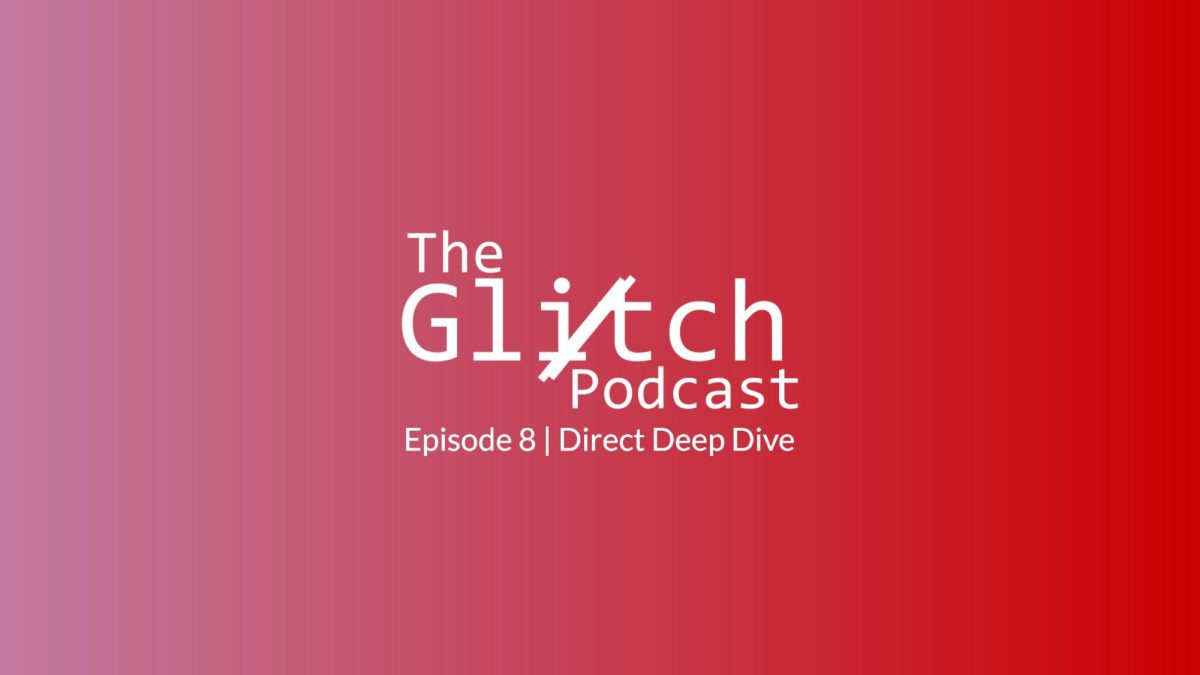
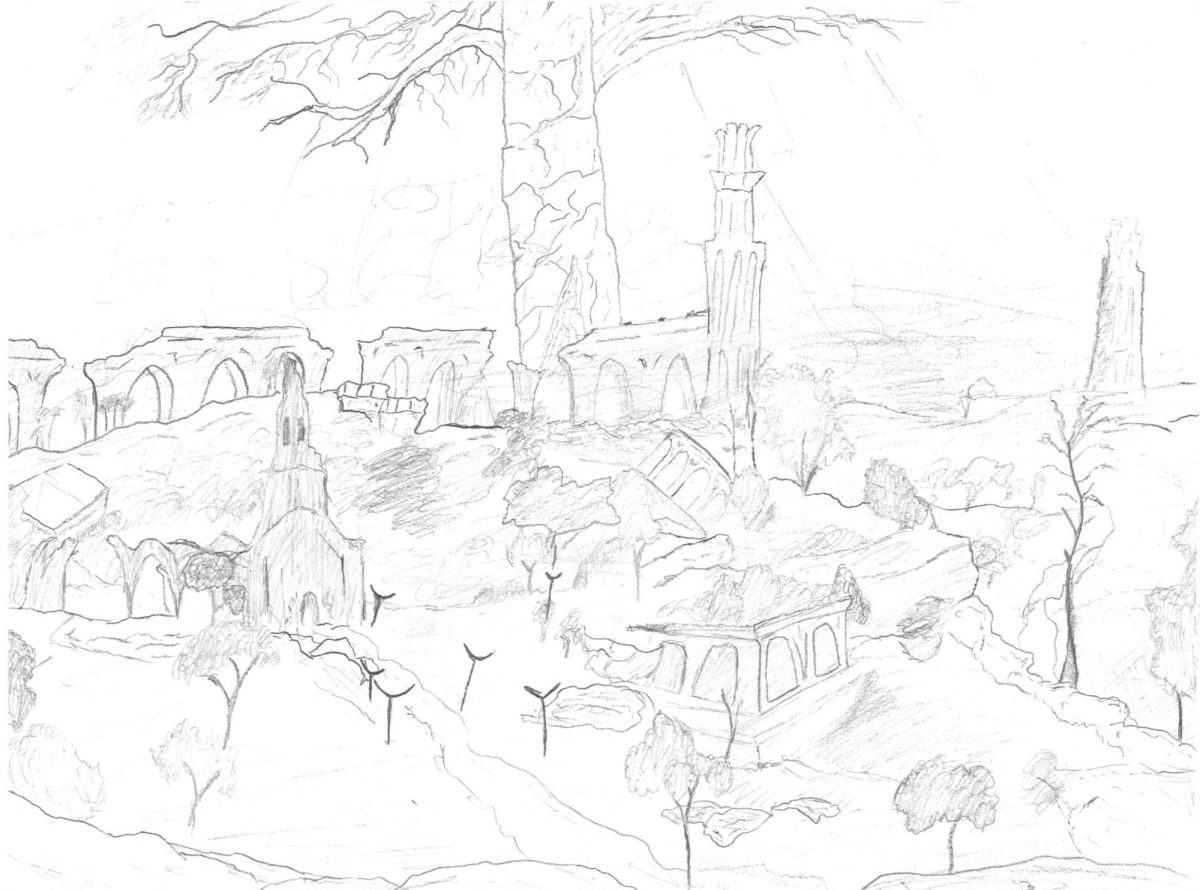
![April marks the 25th anniversary of Sexual Assault Awareness Month, created by the National Sexual Violence Resource Center (NSVRC). This month is to spread awareness of the harassment, assault and abuse that happens around the world. The symbol that represented the month was a teal ribbon; however, some survivors of assault create different symbols and movements like the TikTok trend in 2022, where survivors would tattoo Medusa on their body, in honor of her backstory in Greek Mythology. “I don't think [this month is known] at all. I rarely see anybody talk about it. I rarely see much of an emphasis on posting it online, or much discussion about it, and I feel like there needs to be way more discussion,” an anonymous source said. “I think just validating every experience that a person has gone through, regardless of the degree of it, the severity, is an essential step into making sure that people are aware that this is a very real problem in a society and that we need to do better in addressing it.”](https://rockmediaonline.org/wp-content/uploads/2025/04/IMG_0011-1200x900.jpg)
![Lesbian Visibility Day is April 26, and it’s a holiday to celebrate the lesbian community of the world. Lesbian Visibility day was established in 2008 by many queer activists and organizations who sought to raise more awareness for lesbian history and culture. “So this is why during Lesbian Visibility [Day] we celebrate and center all lesbians, both cis and trans, while also showing solidarity with all LGBTQ+ women and nonbinary people,” Linda Reily, in an article written by her, said.](https://rockmediaonline.org/wp-content/uploads/2025/04/Lesbian-Visibility-day.jpeg)
